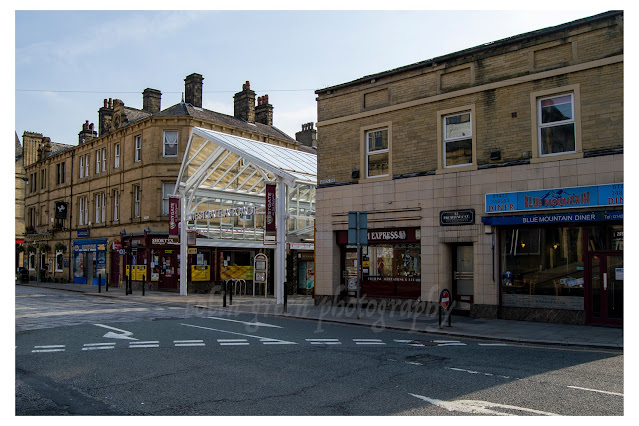The River Ryburn, a quiet yet powerful force, carves a path through the heart of West Yorkshire. From its source high in the Pennine hills above Baitings Reservoir, it travels approximately seven miles, nourished by 12 tributaries, until it concludes its journey by merging with the River Calder near Sowerby Bridge.
The route of the Ryburn is a tapestry of history and natural beauty, flowing through or near the villages of Rishworth, Ripponden, Kebroyd, and Triangle. As it winds its way downstream, it passes underneath 13 bridges, each a testament to human ingenuity and a connection between the communities it serves.
The Final Mile: Where Nature and Industry Collide
These images, captured in October 2013, focus on the final leg of the river's journey, from Watson Mill Lane to its dramatic meeting with the River Calder. This stretch offers a unique glimpse into a landscape where nature and industrial heritage coexist.
One image captures the river flowing under the imposing Sowerby Bridge Viaduct. The weathered stone of the viaduct's arches stands as a silent witness to a bygone era of steam and rail, while the dark, churning water below shows the river's unceasing energy. This spot, where the river meets the railway, perfectly encapsulates Sowerby Bridge's character—a place defined by both its natural setting and its industrial past.
Further upstream, near Watson Mill Lane, the river adopts a more serene and natural feel. Here, the banks are lush with trees and foliage, their reflections dancing on the water's surface. The riverbed, scattered with rocks and pebbles, hints at the river's journey over time, carving and shaping the landscape. In another photo, a group of geese and ducks glide peacefully on the water, a stark contrast to the lively, cascading waters further downstream.
The images offer a moment of quiet reflection, showing us not only the physical river but also the life it supports and the history it has flowed through. The Ryburn, while small in stature, plays a significant role in the local ecosystem and the lives of the people who live along its banks.
A Photographic Time Capsule
Shot on a Samsung Galaxy Tablet, these photos serve as a digital time capsule. They remind us that the most powerful images often don't require the most sophisticated equipment. Instead, they need a keen eye and an appreciation for the world around us. These snapshots from over a decade ago invite us to consider how the river has changed and how it remains the same.
The River Ryburn is more than just a waterway; it is a vital part of the West Yorkshire landscape, carrying with it stories of nature, industry, and community. Next time you're near Sowerby Bridge, take a moment to walk along its banks. You might just discover your own story waiting to be told.
These pictures were taken using a Samsung Galaxy Tablet in October 2013. Clicking any of them should open a link in another window to my Colin Green photography store on Zazzle.
 |
| Geese and ducks in the River at Victoria Bridge |
Please take a moment to share this post, follow me on social media, and explore my work on Clickasnap and Photo4Me using the links below. Your support means a lot!
All the pictures remain the copyright of Colin Green.





















































